The Eurobot team took a short break recently from their work with the International Space Station – to go to Mars – and help a project from ESA colleagues called MECA-Heart. This blog entry was adapted from text from the team itself, more information can be found on the ESA website.
Plans to send astronauts to the Moon and Mars pose serious challenges to the development of crew support. For long-duration missions to far-away destinations ESA is working on Mission Execution Crew Assistant software (MECA) to support humans and machines so they can work together efficiently. TNO, S&T, OK-Systems and Airbus are applying a cognitive- engineering method to develop a prototype called MECA-HEART for Human E-partner Agent Robot Teaming.
This MECA-HEART prototype is an electronic partner (ePartner) with support functions for astronauts when exploring our Solar System. Teams tested the prototype by using technology by re-enacting a space mission with as many real elements as possible. Eurobot was put in a realistic Mars exploration scenario involving a space base, an astronaut on a spacewalk and a robot.
Four ‘actors’, including ESA astronaut Léopold Eyharts, spent a day taking it in turns to be an engineer in the Mars habitat or an astronaut on an Extra-Vehicular Activity with Eurobot staying in character throughout the day.
Each participant had an ePartner to support operations and help conduct complex tasks such as preparing the planet’s surface to construct a cache shelter. The scenario included unexpected problems to see how the team would react and to assess the ePartner’s interaction with the humans and robots.
One problem to overcome during the day was one of Eurobot’s wheel getting stuck. The astronaut nearby had to decide whether to return to base for help or try to fix the problem straight away as oxygen levels in the suit decreased. A classic movie scenario that in real life would require quick access to much information from different sources. How far is it to base? How many supplies do I have? How much power does the robot have? Are colleagues at the habitat busy or can they offer help immediately? This is where ePartner could help with the decision-making process by providing information from different sources at the right time to the right person.
These scenarios required a coordinated effort from humans and robots. The participants performed each scenario with and without ePartner support to judge its effectiveness. How they performed and their feedback will provide insight in the ePartner support for performance and resilience.
The participants were all ESA employees from different backgrounds. The MECA team will present their results to ESA soon.

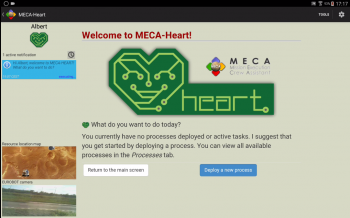
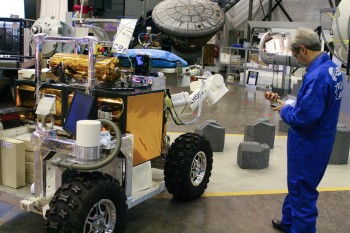
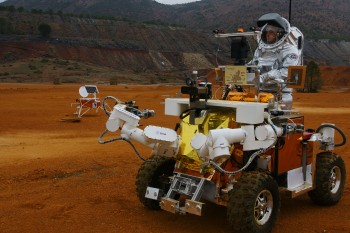
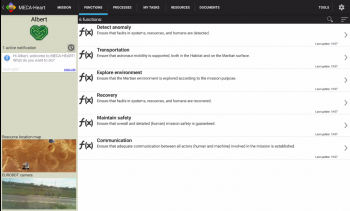
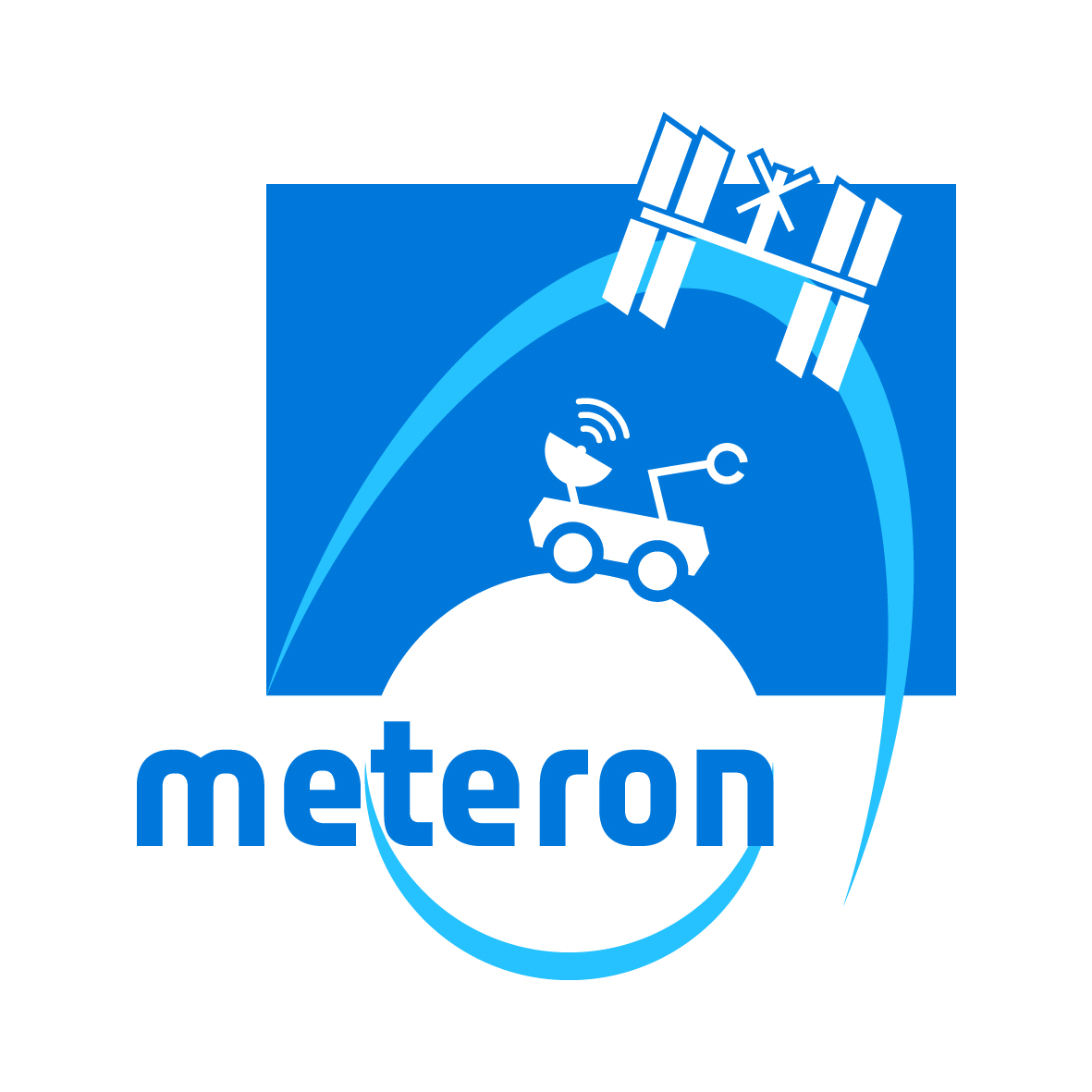
Discussion: no comments